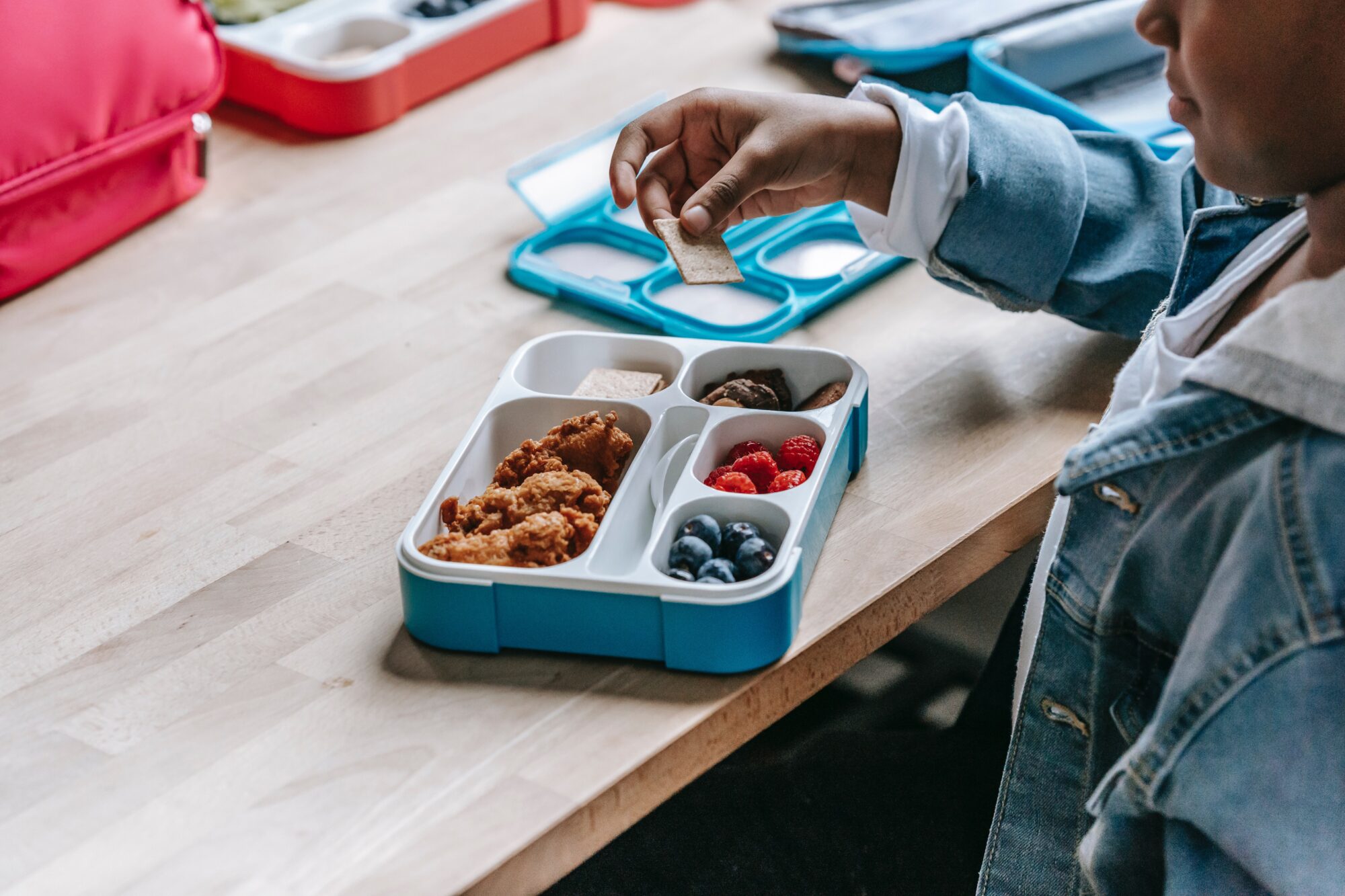10 Tips to Create Sustainable Packed Lunches for You and Your kids

Packing lunch for you or your kids can be a struggle. Therefore, it is only natural to want to make it as convenient as possible. This is where pre-packaged items come into play. They are easy to throw together and save you time that would have otherwise been spent packing the food.
However, most packages are harmful to the environment and contribute to landfill waste. This may sound counterintuitive, but creating sustainable packed lunches does not always have to involve the stress of packing lunches; it should be about getting all the suitable materials.
Here are ten tips on how to create sustainable packed lunches:
1. Use reusable sandwich bags
Single-use plastic sandwich containers are unnecessary and unhealthy for the environment. As a practical alternative that is better and sustainable, pack lunch with reusable sandwich containers. You can easily purchase from the link above. These bags are leak-proof because they have an airtight lock.
Furthermore, they are a convenient solution for organizing lunch or snacks. After snacking, you can seal and wash them later because you can use them even the next day.
2. Skip wrapped food
Currently, our food industry is designed to get rations to the front lines. This can be observed when you see food that takes less than a minute to eat is packed in containers and wrappers. This food is also processed and may last a very long time. It is unhealthy and should be avoided.
Processed foods also contribute immensely to landfills, air pollution and ocean pollution. Choose healthier alternatives.
3. Buy local
It may not seem like it makes a difference, but buying local is great for the economy and the environment. Small businesses benefit from the purchases you make.
Additionally, locally grown food supports the community and reduces the carbon footprint of your food by reducing the distance it is shipped from. Locally grown foods are also nurtured in natural conditions that are good for the environment.
4. Skip ham and cheese frequently
Processed meat is high in sodium and other harmful nitrates that come from animals that have been treated with antibiotics. Thus, you may want to refrain from going the ham sandwich route for a couple of days. It is best to always shop for organic and antibiotic-free meat. This is a healthy alternative to ham and cheddar. You do not have to subject your kids to unhealthy foods that will harm their bodies in the long run.
5. Reduce meat and dairy products
Compared to plant-based foods, cheese, meat, and other dairy products have a higher environmental footprint. Thus, as you pack your lunch, consider throwing in at least one vegan lunch per week. You may opt for meatless Mondays.
You might also get creative with jelly and peanut butter spreads during lunch. Vegan lunches are also great for your child’s well-being and growth.
6. Buy organic food
Organic foods reduce our exposure to pesticides and synthetic fertilizers dumped into the environment. In an ideal world, everyone would eat organic food always.
However, organic options might be too heavy or too expensive to purchase. That is why most people do not go for organic alternatives.
Next time you head into the grocery store, avoid fruits and vegetables that might have been exposed to contaminants.
7. Get reusable water bottles.
Instead of going for hard-to-recycle plastic water bottles that are one-time use, consider investing in a reusable water bottle. Choose one that is made from stainless steel and can be rinsed every day after use. When you pack the lunch, fill the bottle with water or your favorite beverage.
You can also refill upon depletion.
8. Buy products in bulk.
When buying snacks like cookies, dried fruits, yoghurt and crackers, purchase in bulk. This is a budget-friendly alternative that should save some money. Moreover, this reduces packaging waste from individually packed commodities. You can then pack the snacks in a reusable lunch box so that your child will have their fill and bring back home whatever they left over.
9. Buy seasonal
Shopping seasonally means that you will make the most of the produce grown at different points in the year. It is cost-effective, reduces greenhouse emissions and takes up less energy used in artificial heating.
10. Swap paper napkins for reusable cloth ones
Paper napkins are single-use. This means they are harmful to the environment. Cloth napkins are better because they are reusable. They will also save you the trouble of buying new napkins each day.

Leave a Reply
You must be logged in to post a comment.